Yoga in Japan – a niche activity or common practice?
Today, yoga is very popular in Japan. Many people start practicing yoga in order to lose weight or because they are looking for relaxation. In my teaching, I have noticed again and again that after a few months, sometimes a few years, of a somewhat regular weekly practice (i.e. once or twice a week), the focus starts to shift. This is not the case for all yogis but some start to feel that there is an even greater benefit to gain from yoga practice than just physical fitness or a relaxed feeling in your body. It is at that point that they begin to really get into it.
At the same time, one should be careful with general statements – in the end, there are as many different ways and motives to practice as there are active practitioners. For instance, many women who don’t go to work but stay at home during the day will practice yoga as a hobby and as a means of socializing with their neighborhood and friends. In contrast, those who have a hectic life, probably starting work at 8 a.m. and not finishing before 7 or 8 p.m., will have a different approach. They often turn to yoga for relaxation and stress management.
Preferred styles
The most popular type of yoga for women looking for the aesthetic benefit to be gained through yoga is Hot Yoga, also known as Bikram Yoga. Here, you practice in a hot sauna. Many people believe that this is a good way to lose weight and to improve your metabolism.
For those rather looking for physical fitness, Power Yoga or Vinyasa Flow Yoga are usually the styles of choice, whereas those seeking relaxation and a way to unwind turn to Hatha Yoga or Yin Yoga. It is interesting to note that, with regard to Ashtanga Yoga, many people believe that it is very authentic, but also very hard to practice. Nevertheless, it has become increasingly popular overt the last few years and is now experiencing a veritable boom. So should you decided to go to Japan and keep up with your Ashtanga practice, you will find both Mysore and led classes taught by a growing number of qualified teachers.
Yoga Philosophy
Yoga philosophy is not very common in Japan. Those who teach yoga or want to become teachers in the future usually know some basics about the Vedanta, but in your run-of-the-mill studio, you will not find any philosophy classes. This is not least due to the fact that there aren’t that many students interested in this aspect. What, for some reason or other, is quite popular, though, are Tibetan singing bowls events or classes like Aromatic Yoga. In contrast, singing mantras is often considered too “authentic” and also has a comparatively bad reputations because it reminds people of the Aum Sect and the attack on the Tokyo underground in the 1990s.
Yoga in Japan and Germany – any differences?
In my eyes, the main difference between practice in Germany and Japan is our physical shape. In Japan, many people are quite small and often skinny. Also, many of us have short legs and arms, so some postures are much easier for us to master than for European people. On the other hand, we find other positions quite challenging that Westerns are often more at ease with.
When coming to Germany, I also noticed a difference in the attitude towards one’s personal practice. In Germany, many people enjoy having their individual practice and to “customize” their practice to their body. This is different in Japan. Maybe it is a cultural thing but there many people like to practice in exactly the same way as everybody else in the class.
Practicing in Tokyo – Lost in Translation?
What would happen if you came to Tokyo and wanted to practice yoga there without speaking any Japanese? In general, I don’t see any real problems. Tokyo is such a big city and you can always find teachers from abroad. So if you are not able to understand Japanese, I recommend that you attend a yoga class by an English-speaking teacher. I have to admit that, as far as language skills are concerned, the Japanese are not as international as, for instance, people in Germany and you will encounter a lot of people in Japan who don’t speak any or only very little English. The language barrier might therefore indeed be a problem but apart from that I don’t see any pitfalls that you should make sure to avoid. Please simply be the way you are! Nevertheless, there are certain practice manners in Japan that might differ slightly from what you are used to and people will appreciate it when you respect them when practicing in a Japanese shala.
Typical practice manners in Japan
Japanese culture is based on Buddhism. The respect toward others as well as toward your teacher is very important. Put your hands together in front of your heart to show your respect and gratefulness to your teacher and try to create a good and harmonic atmosphere with everybody else in the room.
In most shalas, there is a small temple or at least a picture of our great Guruji. Before you enter Savasana, please take a look which direction people are lying and position yourself in the same direction as the others. This is important because some teacher don’t like that students put their feet to the Temple or the picture of Guruji.
Dress code: do not use any perfume or deodorant. Some practitioners are very sensitive as far as smell is concerned and might feel distracted from their practice. Apart from that, there is no typical dress code, but it is usually better not to wear an outfit too skimpy such as Boomerang shorts for men or bikini style tops for women. It is generally considered acceptable for men to practice without wearing a top, though.
Finding a Shala in Tokyo: Kumiko’s special insider tip
Here are two shalas I recommend in case you want to keep up or deepen your practice during your stay in Tokyo.
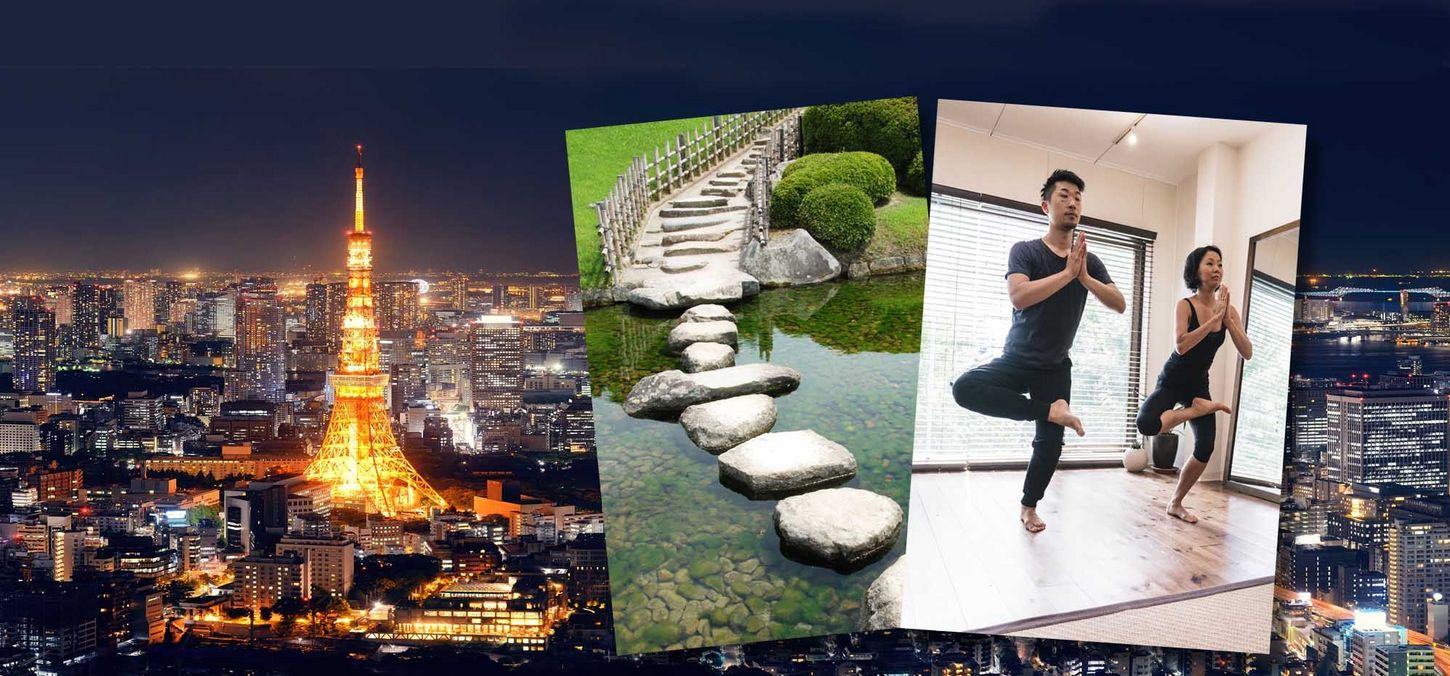

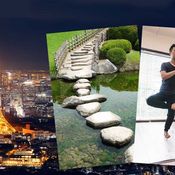
 Kumiko Weber Sakaguchi
Kumiko Weber Sakaguchi
 Dr. Sabine Nunius
Dr. Sabine Nunius
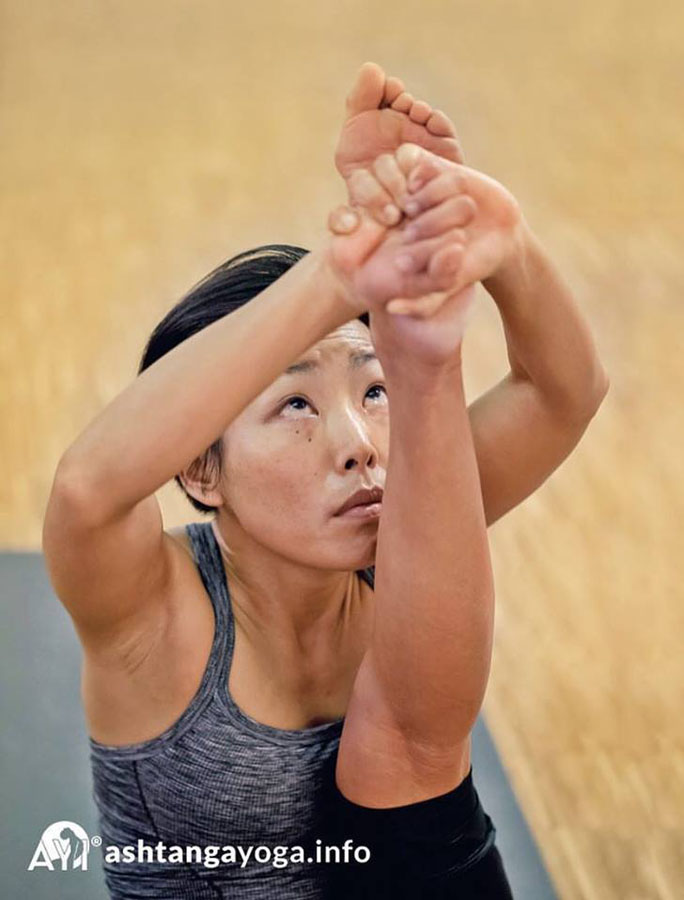


 Eberhard Bärr
& more
Eberhard Bärr
& more
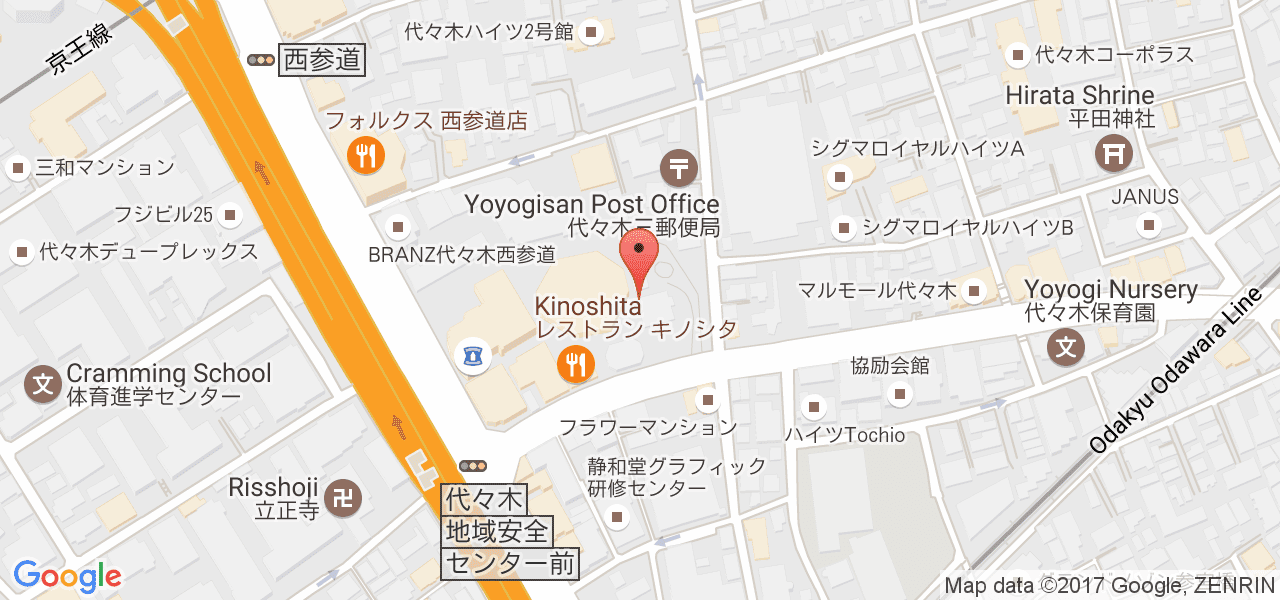
 Kranti R. Libonati
Kranti R. Libonati
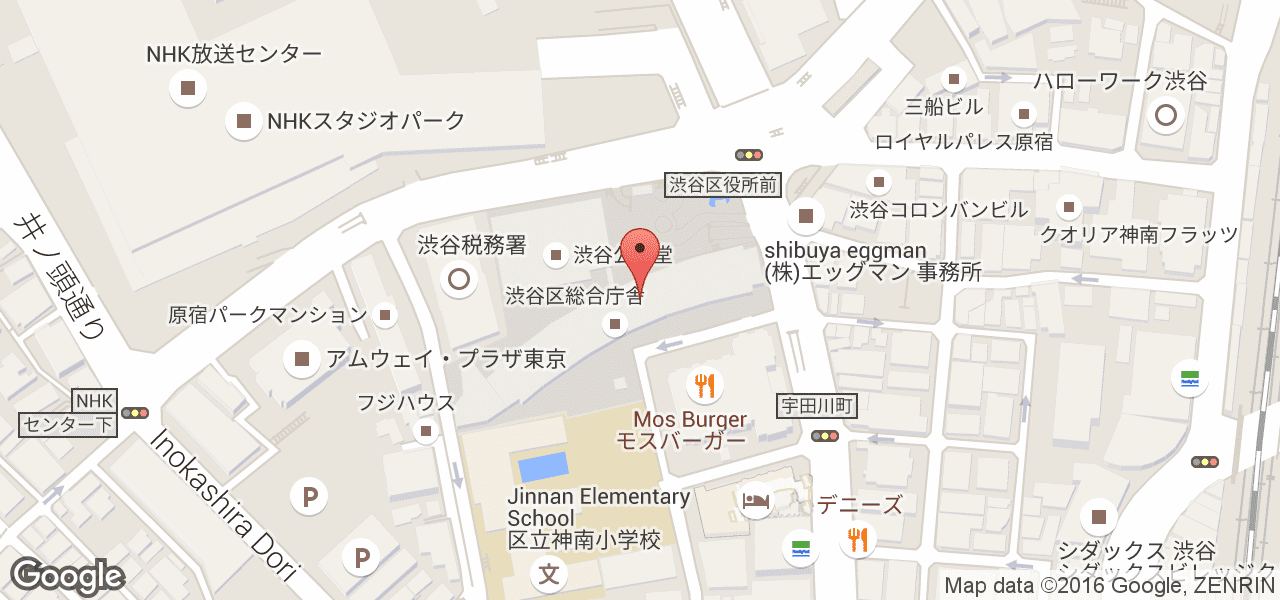


Messages and ratings